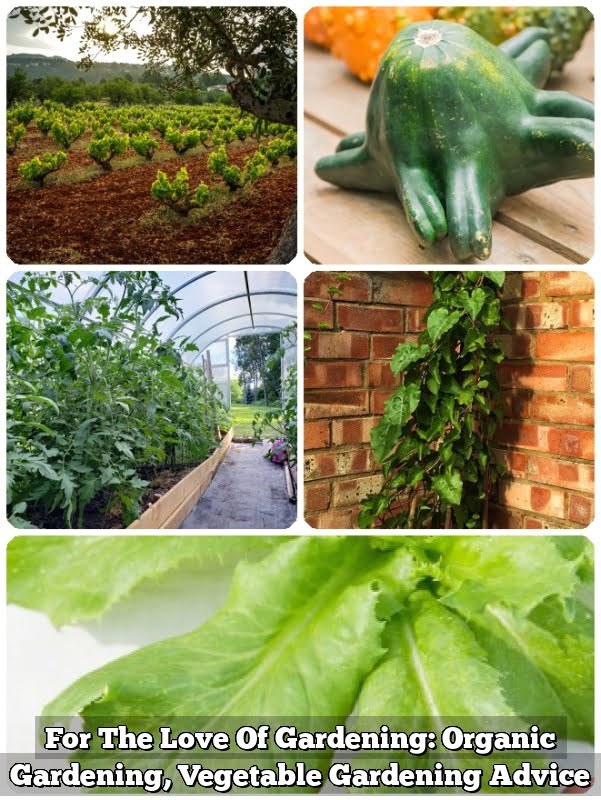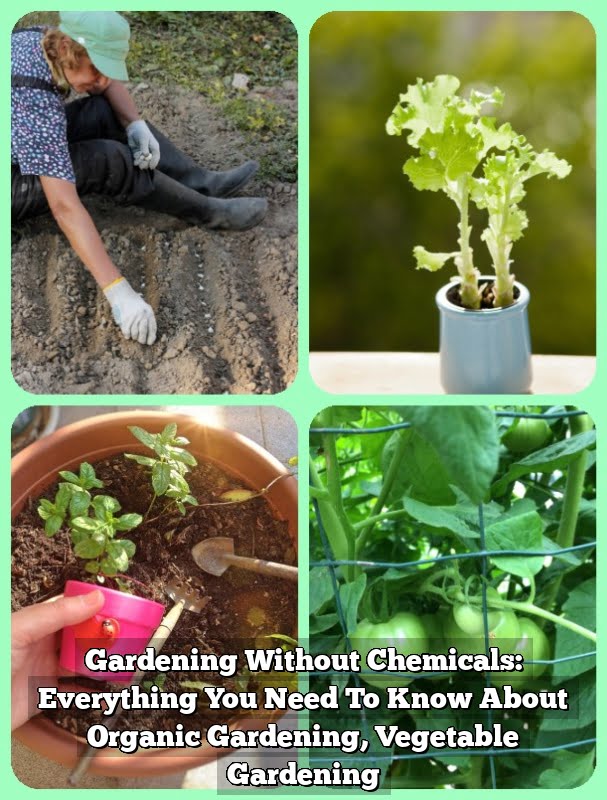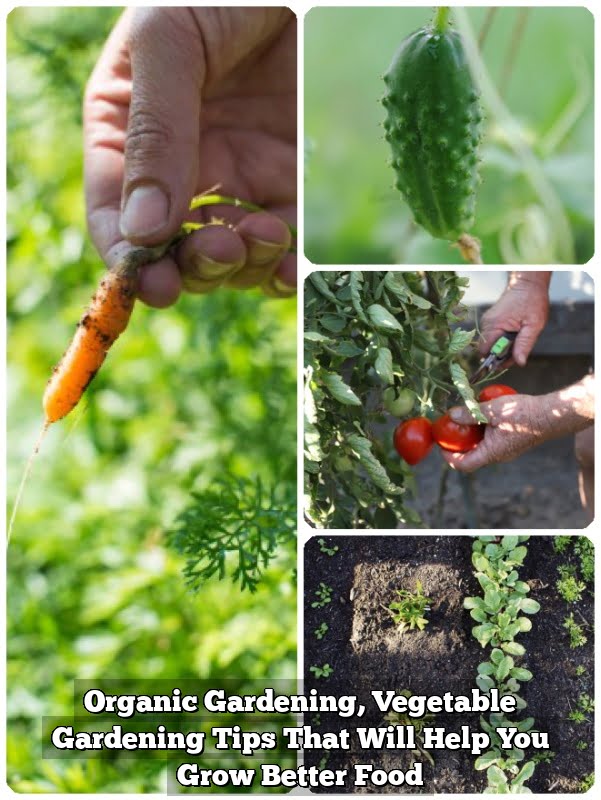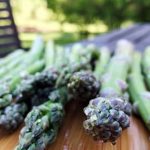Are you thinking of starting a vegetable garden? Whether you are a seasoned gardener or just starting out, knowing the dos and don’ts of vegetable gardening is crucial for a successful harvest. Vegetable gardening not only provides fresh and nutritious produce but also has numerous benefits for the environment and individuals.
When it comes to vegetable gardening, choosing the right location is key. Sunlight, soil quality, and drainage all play a vital role in the success of your garden. In addition, selecting the right vegetables based on your climate, soil type, and personal preferences can make a significant difference in the yield and health of your plants.
Soil preparation is another essential aspect of vegetable gardening that requires dos and don’ts. Proper soil testing, amending the soil with necessary nutrients, and avoiding common mistakes can ensure that your plants have the best foundation for growth.
Watering, mulching, pest management, harvesting techniques, and sustainability practices are all equally important aspects that contribute to a flourishing vegetable garden. In this article, we will explore each of these topics in detail to help you establish and maintain a thriving vegetable garden.
Choosing the Right Location
When it comes to vegetable gardening, one of the most crucial decisions you’ll make is choosing the right location for your garden. The success of your vegetable crop largely depends on the amount of sunlight, soil quality, and drainage in the chosen spot.
Adequate sunlight is essential for the photosynthesis process, which is vital for the growth of healthy and thriving plants. It is recommended to select a location that receives at least 6 hours of direct sunlight each day.
In addition to sunlight, soil quality plays a significant role in determining the success of your vegetable garden. Before planting, it’s important to test the soil pH and nutrient levels to ensure they are suitable for growing vegetables.
Amending the soil with organic matter such as compost can improve its texture and fertility, providing an optimal environment for plant growth. Avoid planting in areas with compacted or waterlogged soil, as they can impede root development and lead to poor crop yields.
Furthermore, good drainage is essential to prevent waterlogging, which can suffocate plant roots and promote fungal diseases. When selecting a location for your vegetable garden, make sure that excess water can drain away easily. Avoid low-lying areas or spots near buildings or structures that can cause water accumulation. By carefully considering these factors when choosing the right location for your vegetable garden, you can set yourself up for a successful and bountiful harvest in the future.
Selecting the Right Vegetables
When it comes to vegetable gardening, choosing the right vegetables is essential for a successful and productive garden. Whether you’re a beginner or an experienced gardener, selecting the right vegetables based on climate, soil type, and personal preference is crucial. Here are some tips to help you make the best choices for your vegetable garden.
Consider Your Climate
One of the most important factors to consider when choosing vegetables for your garden is your climate. Different vegetables thrive in different climates, so it’s essential to research which vegetables are best suited for your specific region.
For example, cool-weather crops like lettuce, broccoli, and carrots do well in areas with mild temperatures, while warm-weather crops like tomatoes, peppers, and cucumbers thrive in hotter climates. Understanding your climate will help you select vegetables that are more likely to grow and produce a bountiful harvest.
Assess Your Soil Type
The type of soil in your garden also plays a significant role in determining which vegetables will grow successfully. Some vegetables prefer well-draining sandy soil, while others thrive in rich, loamy soil.
Conducting a simple soil test can help you determine the pH level and nutrient composition of your soil, allowing you to choose vegetables that are best suited to its characteristics. Additionally, amending your soil with compost or other organic matter can improve its quality and create a healthy environment for your chosen vegetables.
Soil Preparation Dos and Don’ts
One of the most crucial steps in starting a vegetable garden is properly preparing the soil. Soil quality directly impacts the health and productivity of your plants, so it’s essential to get it right. The first step is to conduct a soil test to determine its pH level and nutrient content.
This will help you understand what amendments, if any, are needed to optimize the soil for your chosen vegetables. Common mistakes include skipping the soil test, over-fertilizing, or using low-quality amendments that can harm your plants.
Once you have the results of your soil test, you can proceed with amending the soil as needed. Adding organic matter such as compost or well-rotted manure can improve soil structure and fertility. However, it’s important not to overdo it – adding too much organic matter can lead to waterlogged soil and nutrient imbalances. It’s also important to avoid compacting the soil by walking on it when it’s wet, as this can disrupt root growth and drainage.
Another key aspect of soil preparation for vegetable gardening is avoiding common mistakes that can harm your plants. These include tilling when the soil is too wet or too dry, which can damage its structure, as well as using chemical fertilizers that can harm beneficial microorganisms in the soil. By following these dos and don’ts of soil preparation, you will lay a solid foundation for a successful vegetable garden that yields healthy and bountiful harvests for years to come.
Watering and Maintenance
Once you have successfully chosen the right location and selected the appropriate vegetables for your garden, it is crucial to understand the dos and don’ts of watering, mulching, and general maintenance to ensure a healthy and productive vegetable garden. Proper watering is essential for the growth and development of plants, while maintenance tasks such as mulching can help in weed control and moisture retention.
One of the most important dos of watering in vegetable gardening is to water deeply but less frequently. This encourages plant roots to grow deeper into the soil, resulting in stronger and more drought-resistant plants. Additionally, using a soaker hose or drip irrigation system can help deliver water directly to the roots while minimizing evaporation. Avoid overwatering your vegetables as this can lead to root rot and other moisture-related problems.
When it comes to maintenance, mulching is a beneficial practice that helps conserve soil moisture, reduce weed growth, and regulate soil temperature. Using organic mulch materials such as straw, grass clippings, or wood chips can gradually improve soil fertility as they decompose. However, one should be cautious not to use too much mulch or pile it against plant stems as this can create favorable conditions for pests and diseases.
Proper maintenance also includes regular weeding to prevent competition for nutrients and water among your vegetable plants. It is important to check for any signs of nutrient deficiencies or pest infestations during routine maintenance and address them promptly. By following these watering and maintenance dos and don’ts of vegetable gardening, you can promote the health and productivity of your garden while conserving water resources.
| Vegetable Gardening Task | Dos | Don’ts |
|---|---|---|
| Watering | Water deeply but less frequently | Avoid overwatering |
| Mulching | Use organic materials like straw or wood chips | Avoid piling mulch against plant stems |
| Weeding | Regularly remove weeds to prevent competition for nutrients | Avoid using chemical weed killers that may harm your vegetables |
Pest and Disease Management
In order to maintain a healthy and thriving vegetable garden, it is essential to address the issue of pest and disease management. Whether you are an experienced gardener or just starting out, understanding natural and chemical-free methods for preventing and managing pests and diseases is crucial. By following these dos and don’ts of vegetable gardening, you can ensure the health and productivity of your garden without harming the environment.
One of the most effective dos when it comes to pest and disease management in a vegetable garden is practicing crop rotation. This involves changing the location of where specific crops are planted each season to prevent the buildup of pests and diseases in the soil.
Additionally, selecting disease-resistant varieties of vegetables can help minimize the risk of infections taking hold in your garden. Another important practice is keeping your garden clean and free from debris, which can harbor pests and diseases.
On the other hand, there are also several don’ts when it comes to managing pests and diseases in a vegetable garden. Avoid using harsh chemical pesticides that can harm beneficial insects, wildlife, and even humans.
Instead, opt for natural alternatives such as insecticidal soaps, neem oil, or homemade remedies like garlic spray or chili pepper repellents. Overusing any type of pesticide should also be avoided as it can lead to resistant pest populations and harm the overall balance of your garden ecosystem.
To truly understand some techniques on how not only manage but also prevent pests as well as diseases would include under products with botanical oils reported containing thyme oil seed extract.
| Pest Management Dos | Pest Management Don’ts |
|---|---|
| Practice crop rotation | Avoid using harsh chemical pesticides |
| Select disease-resistant varieties | Overuse any type of pesticide |
| Keep gardens clean and debris-free | Use only natural alternatives such as insecticidal soaps |
Harvesting and Storage Tips
When it comes to vegetable gardening, the ultimate goal is to enjoy the fruits of your labor by harvesting fresh and flavorful produce. Proper harvesting and storage techniques are essential to maintain the quality of the vegetables you have worked so hard to grow. Here, we will explore some guidelines for harvesting and storing vegetables to ensure that they remain at their best for as long as possible.
Harvesting Guidelines
One of the key dos of vegetable gardening is to harvest your vegetables at the right time. This means picking them when they are at their peak ripeness for the best flavor and nutritional value. Different vegetables have different indicators that they are ready for harvest, such as color, size, or texture.
It’s important to research each type of vegetable you are growing to know exactly when they should be harvested. On the other hand, one don’t is leaving vegetables on the plant too long, as this can cause them to become overripe and lose their flavor and texture.
Storage Tips
After harvesting your vegetables, proper storage is crucial for extending their freshness. One of the most important dos in vegetable gardening is storing each type of vegetable in its ideal conditions.
For example, some vegetables thrive in cool, dark environments with high humidity, while others require ventilation or even refrigeration. It’s important to store root vegetables like carrots and potatoes in a cool, dark place with good airflow, while leafy greens benefit from being stored in a plastic bag with a paper towel to absorb moisture.
Preservation Techniques
In addition to proper storage, there are various preservation techniques that can help you make the most out of your vegetable harvest. Canning, freezing, pickling, and dehydrating are all effective methods for preserving surplus produce. These techniques allow you to enjoy homegrown vegetables year-round and minimize waste.
However, it’s important not to neglect these preservation tasks or wait too long before using these methods on your harvested veggies. Properly preserved foods can last a long time but leaving them too long without preserving can lead them past their optimal state.
By following these dos and don’ts of harvesting and storing vegetables from your garden, you can ensure that you get maximum enjoyment out of your homegrown produce throughout the growing season and beyond.
Sustainability and Environmental Impact
In conclusion, vegetable gardening is not only a rewarding and enjoyable activity but also has numerous benefits for both individuals and the environment. By following the dos and don’ts of vegetable gardening, individuals can ensure a successful and sustainable garden that contributes to their well-being and the health of the planet.
One of the key factors in successful vegetable gardening is choosing the right location, based on factors such as sunlight, soil quality, and drainage. Additionally, selecting the right vegetables for the climate and soil type is crucial for a thriving garden. Soil preparation dos and donts, including soil testing, amending the soil, and avoiding common mistakes, are essential for creating a healthy foundation for vegetable plants.
Frequently Asked Questions
What Vegetables Should Not Be Planted Next to Each Other?
Certain vegetables should not be planted next to each other in the garden because they may compete for nutrients or attract pests that could harm the other plant. For example, planting tomatoes next to potatoes can increase the risk of potato blight, so it’s best to keep them separate.
What Should You Not Put in Your Garden?
There are some things that should be avoided in the garden, such as invasive plants that can take over and choke out other vegetation. Additionally, using contaminated soil or pesticides with harmful chemicals should also be avoided to maintain a healthy garden environment.
What Should I Till Into My Vegetable Garden?
Tilling organic matter such as compost, well-rotted manure, or grass clippings into your vegetable garden soil can help improve its fertility and structure. This will provide essential nutrients for your plants, improve drainage and water retention, and promote beneficial microbial activity in the soil.

If you’re looking to get into vegetable gardening, or are just looking for some tips on how to make your current garden better, then you’ve come to the right place! My name is Ethel and I have been gardening for years. In this blog, I’m going to share with you some of my best tips on how to create a successful vegetable garden.





